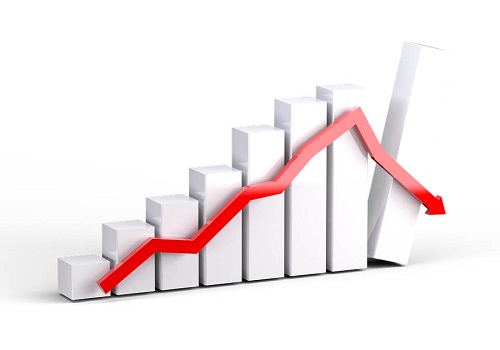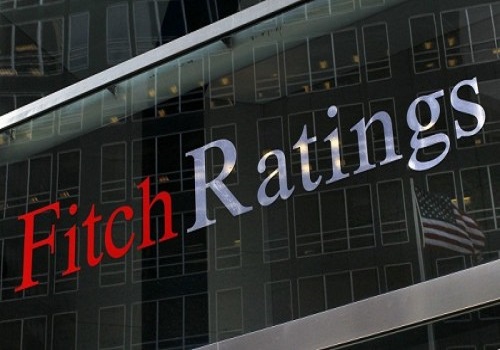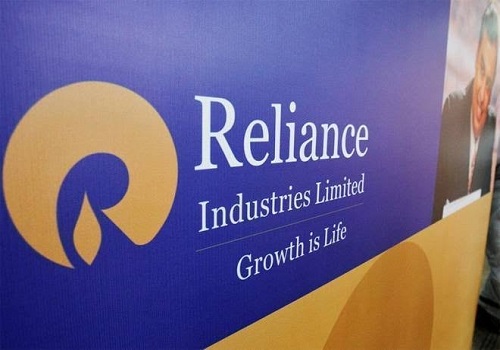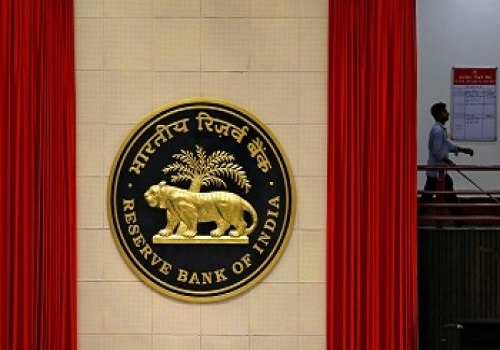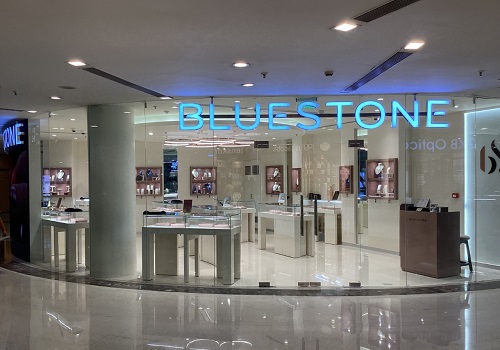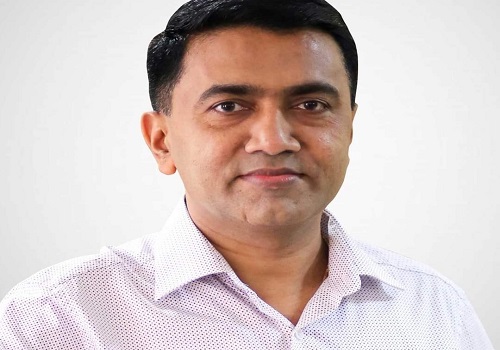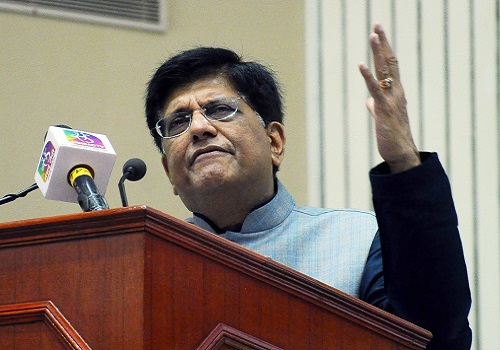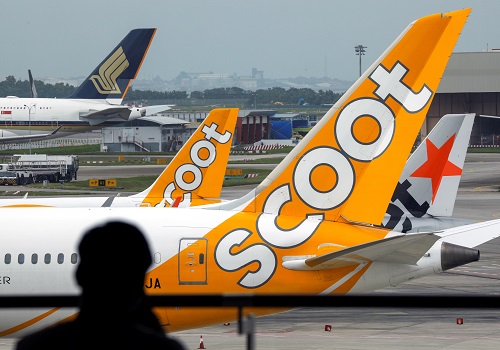PLI to make AC component manufacturing more competitive: Ind-Ra
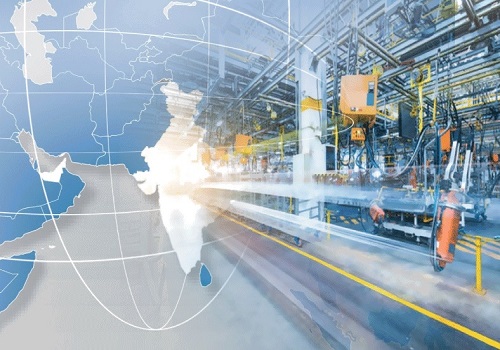
Follow us Now on Telegram ! Get daily 10 - 12 important updates on Business, Finance and Investment. Join our Telegram Channel
https://t.me/InvestmentGuruIndiacom
Download Telegram App before Joining the Channel
The new production-linked incentive (PLI) scheme aimed at encouraging domestic production of white goods will reduce import dependence over the medium term, said India Ratings and Research (Ind-Ra).
Accordingly, the scheme for ACs will provide an incentive of 4-6 per cent on incremental sales of goods manufactured in India over a period of five years.
"The minimum investment varies depending on the nature of projects (i.e. large or small) as well as upon the nature of component. India's high reliance on imports in the sector exposes the companies to forex risks as well as supply chain disruptions, on account of dependence on select geographies," the agency said in a report.
"As such, the scheme is likely to see increased investments from various domestic and global players in the sector," it added.
According to the agency, the total budgetary allocation for the scheme is 'Rs 62.38 billion'; however, the split between air conditioners (ACs) and LEDs is not available.
"Assuming that 60 per cent of the total budgetary allocation goes towards AC segment, Ind-Ra estimates the scheme has the potential to generate incremental revenues in the range of Rs 650 billion and Rs 750 billion," it said.
"Furthermore, accounting for the benefit derived from PLI, the agency expects that the cost of manufacturing in India could be cheaper in the range of 8-12 per cent, depending on the component," the report added.
As per the Consumer Electronics and Appliances Manufacturers Association, out of the total 75 per cent components (by value) being imported, assembling is completely done in India.
Also, critical components such as compressors, condensers, blower motors and PCB circuits, which account for 55-60 per cent of the total cost of a RAC, are largely imported.
"Over the last few years, several players have been working towards indigenisation and backward integration for various parts such as compressors, motors, outdoor and indoor units, heat exchangers, among others and have established manufacturing units in India," the report said.
"For instance, Highly Electrical Appliances (JV of Hitachi Group) and Midea Group (GMCC) have set up or are setting up their compressor facilities in India," it added.
However, the agency said these are still small in size and inadequate to cover the entire industry.
As such, the Indian RAC industry continues to depend on imports, especially from China and South East Asia, for majority of critical components, the report said.
"Given the small size of domestic RAC industry and lower cost of imported components, it does not make economic sense for AC or component manufacturers to invest in local units. However, in view of various incentives or policies launched by the government, Ind-Ra believes that the industry could see increased investments by large players mainly to increase backward integration," it said.
"Some global players could also consider India as their alternate supplying destination. Large contract manufacturers, which account for around 40 per cent of the total ACs manufactured in India, could also invest in this space as they are likely to achieve economies of scale faster than other players," the report added,



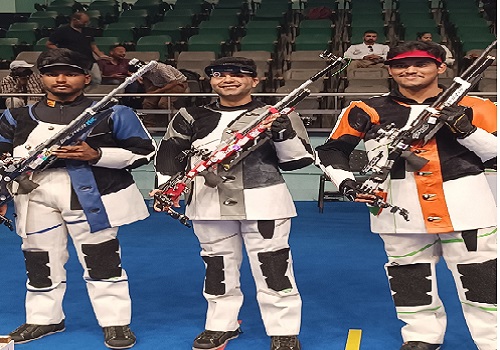
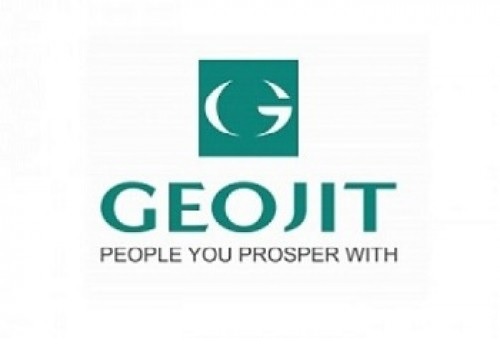


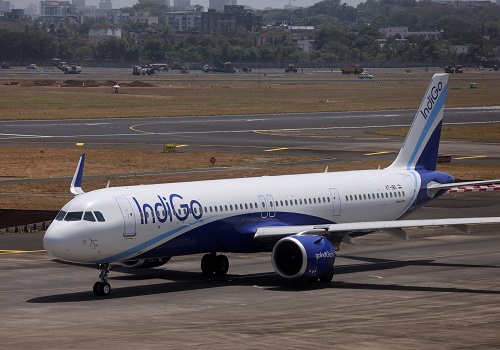


Tag News

Pharma companies likely to maintain momentum on growth, profitability in regulated markets: ...
